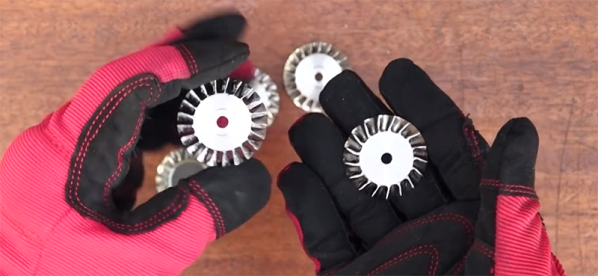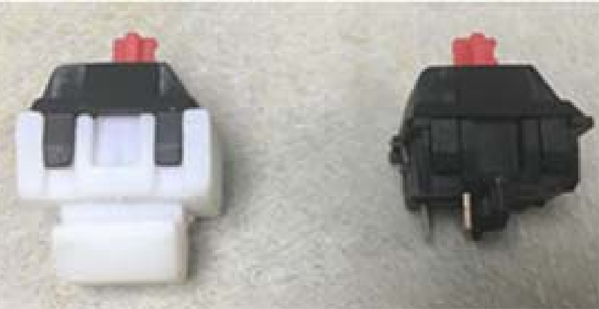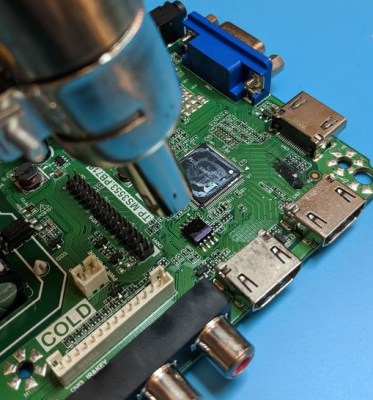There are very few machines as complex to build as a turbojet engine. The turbine blades on a commercial airliner are grown from a single crystal of metal. The engineering tolerances are crazy, and everything spins really, really fast. All of these problems aren’t a concern for [Igor], who’s building what will probably end up being the world’s smallest turbojet engine. He’s doing it in his home shop, and a lot of the work is being done by hand. We don’t know the Russian translation for ‘hold my beer’, but [Igor] certainly does.
The design of this turbojet — as far as we can tell — is a centrifugal flow turbine, or something that’s not terribly different than the projects we’ve seen that turn the turbocharger from a diesel engine into a jet. The innovation here is using a lathe to machine the compressor stages by mounting an end mill to the headstock and the compressor blank on the cross slide, in a rotary table. It’s weird, but you really can’t argue with something that looks like it’ll work.
[Igor] has made a name for himself by creating some crazy contraptions. The most impressive, by far, is a gigantic remote controlled plane, powered by a handmade jet engine. This is an enormous fiberglass plane with a homebrew engine that spins at 90,000 RPM and doesn’t fly apart. That’s impressive by any measure.
[Igor] is posting a lot of his build process on YouTube and Instagram, including heat treating the compressor stages with a blowtorch. This is an amazing project, and even if this tiny turbine will be able to self-sustain, that’s an amazing accomplishment. You can check out a few more videos from [Igor] below.
Continue reading “Building The World’s Smallest Jet Turbine By Hand”




















